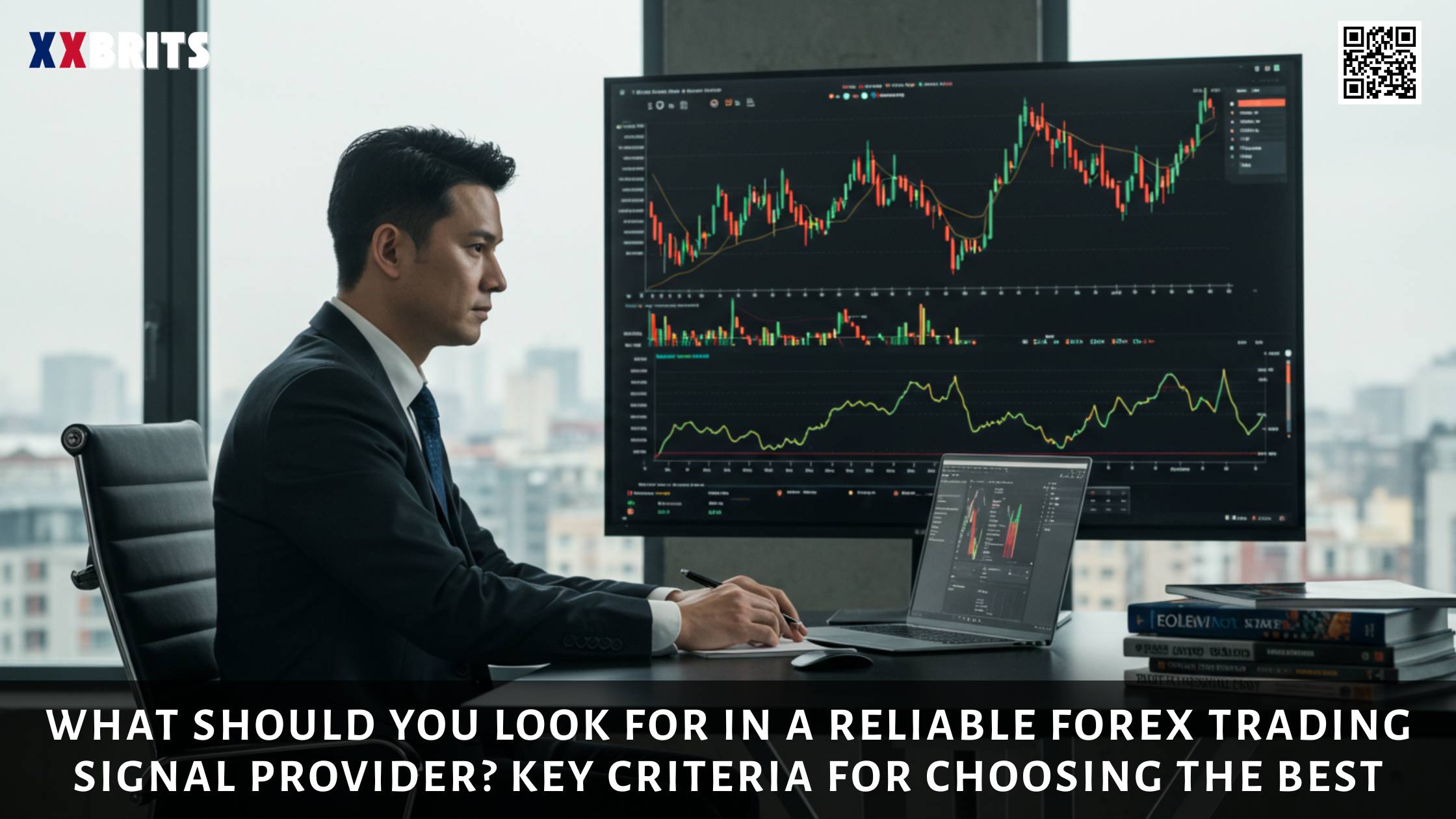What Should You Look for in a Reliable Forex Trading Signal Provider Key Criteria for Choosing the Best

Many traders new to currency markets want to know how to spot a good signal provider. A dependable provider should give clear signals, accurate entry and exit points, and show a real track record of performance. This builds trust and helps traders make better decisions.
When looking for Forex trading signals for consistent profits, it’s important to check how transparent the provider is about results and strategies. Experience, positive feedback from other traders, and easy-to-understand updates are all signs of a trustworthy service.
Signals can be a helpful way for traders to grow their knowledge and confidence, especially if they are just starting in the forex market. Picking a strong provider is the first step toward turning trade tips into steady results.
Key Criteria for Evaluating Forex Trading Signal Providers
A good forex signal provider must show consistent results, share trade details openly, and manage risk well. Each factor helps traders make wiser decisions and protect their investments.
Accuracy and Performance Track Record
A proven history of accurate trading signals is an important part of choosing a signal provider. Look for a provider that shows real trading results with clear statistics, not just promises or testimonials.
Key performance indicators include win rate, average profit per trade, and drawdown. A high win rate by itself is not enough. Traders should check that profits over time are steady and losses are kept small. It is best to review data over several months or years to spot patterns of success, not just short-term gains.
Evaluating the number of pips gained versus total trades helps show skill. Percentage profits can be misleading because they might not show the real size of gains or losses. Consistency over many trades suggests that the trader has a method that works.
Transparency in Signal Reporting
Transparency means the provider openly shares details about each signal and trade. Every signal should come with clear entry and exit points, stop loss and take profit, and explanations where possible.
Trade results should be easy to find and double-check. This helps traders know if signals match the real trades being shown. Honest reporting includes both wins and losses. Hidden losses or unreported trades are red flags.
A transparent provider may also publish regular performance summaries and may update users if any changes are made to strategies or trade management. This allows users to track progress and spot any issues early.
Risk Management Practices
A good signal provider always keeps risk in mind when sending signals. Proper risk management limits the loss on each trade and protects the trading account from large drawdowns.
Signals should always include a stop-loss level to define the maximum risk per trade. It is also important to see position sizing rules, which show traders how much of their account to risk on each trade. Risk per trade should usually be small, often less than 2% of the account.
Providers who avoid large losses and manage risks carefully are more likely to deliver steady results. Aggressive or reckless trading can lead to quick losses, and traders should be wary if they do not see clear risk controls in place.
Additional Considerations for Choosing a Trusted Provider
Signal delivery speed, support quality, and flexible payment options shape the experience for anyone using forex signals. How signals arrive, how help is offered, and how the service charges all play a part in making the process smooth and useful.
Signal Delivery Methods and Speed
Traders should look at how the signals are sent, such as through email, app notifications, SMS, or live messaging platforms. Getting timely signals means a trader can act on information when it matters most. Delayed alerts may cause a missed opportunity or an unwanted loss.
Fast and direct delivery helps traders stay on top of changes in the forex market. Some platforms provide push notifications, which pop up instantly on a phone or computer. Others use group chat to spread information quickly to members.
Choosing a signal provider with more than one way to deliver signals gives traders a better chance to react on time. A simple table can help compare different methods:
| Method | Speed | Device Needed |
| SMS | Fast | Mobile Phone |
| App Notification | Instant | Smartphone |
| Moderate | Phone/Computer | |
| Chat Group | Fast | Any Internet Device |
Alert speed and method can be just as important as the signal itself.
Customer Support and Community Engagement
Accessible and friendly help is a sign of a good provider. Traders benefit most when they can ask questions and get clear answers quickly. Fast customer support means less confusion and fewer mistakes.
Some providers offer help by email, live chat, or even through a group forum. A strong online community can be a good place to discuss strategies, share tips, and talk about results. New traders may find value in an active chat group because it helps them learn from others’ experiences.
A provider with active staff and an engaged group helps traders feel heard and supported, even during market changes or times of uncertainty.
Cost Structure and Subscription Flexibility
Understanding how payments work is key before signing up. A trusted provider should explain their pricing clearly, with no hidden fees. Look for trial periods or free samples, so traders can test the service first.
Some providers use a flat monthly fee, while others charge per signal or offer different levels. Flexible plans let traders pick what fits their trading style and budget.
It helps to compare a few options and see if money-back guarantees or discounts are offered for longer-term use. Clear costs and flexible billing are signs that a provider values its customers and wants to build trust.
Conclusion
Choosing a good forex trading signal provider involves looking for clear and honest communication, a steady track record, and positive feedback from actual users. Traders should think about the costs, how the signals are sent, and if the provider’s style matches their own needs.
Careful research, checking accuracy, and staying alert to common scams can help traders make smarter choices. Following these simple guidelines makes it easier to find a provider that fits personal goals and trading styles. Consistent review of performance also keeps traders on the right path.
Source: https://xxbrits.uk/






